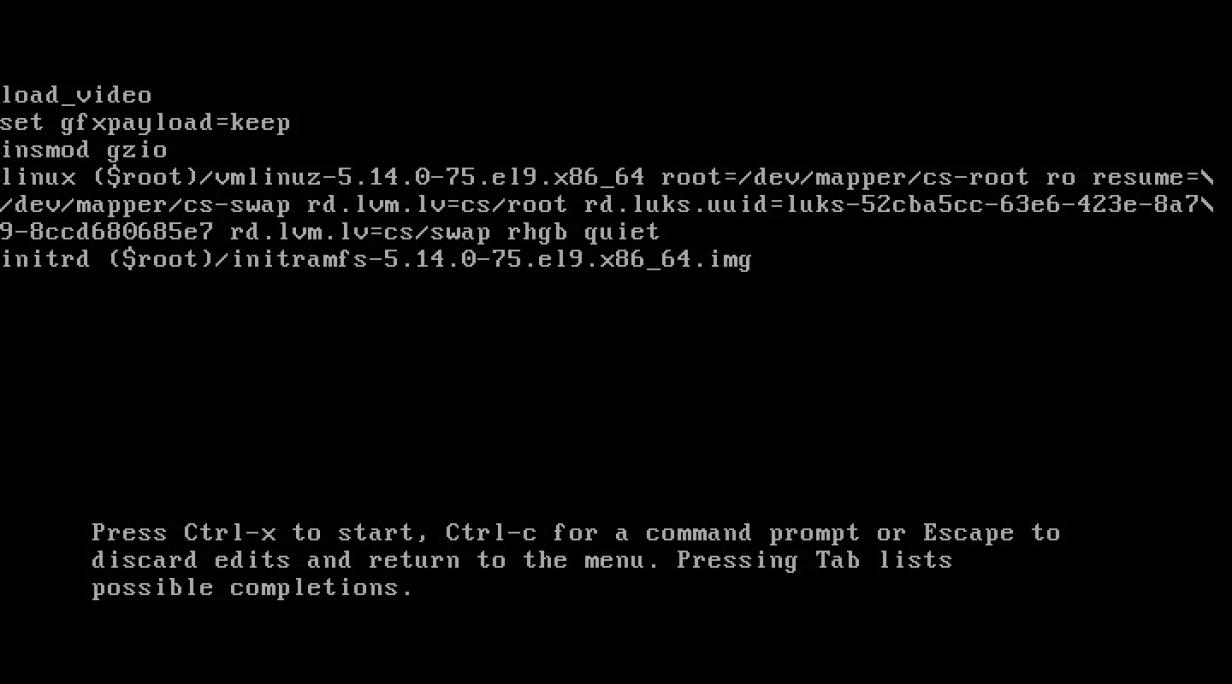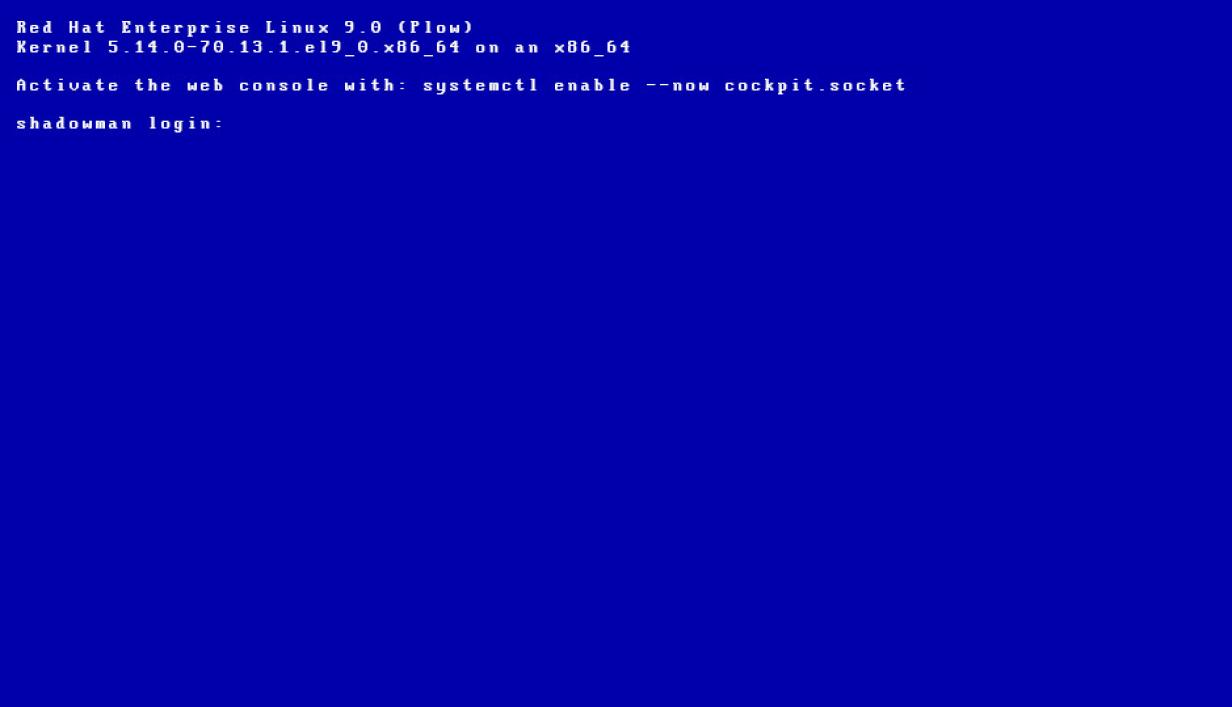Kernel parameters
There are three ways to pass options to the kernel and thus control its behaviour:
- When building the kernel—in the kernel’s config file. See Kernel#Compilation for details.
- When starting the kernel—using command line parameters (usually through a boot loader).
- At runtime—through the files in /proc/sys/ (see sysctl) and /sys/ .
Note: The options of loadable modules can be set via .conf files in /etc/modprobe.d/ . See Kernel module#Using files in /etc/modprobe.d/.
Between the three methods, the configurable options differ in availability, their name and the method in which they are specified. This page only explains the second method (kernel command line parameters) and shows a list of the most used kernel parameters in Arch Linux.
Most parameters are associated with subsystems and work only if the kernel is configured with those subsystems built in. They also depend on the presence of the hardware they are associated with.
Kernel command line parameters either have the format parameter or parameter=value .
Configuration
- You can check the parameters your system was booted up with by running cat /proc/cmdline and see if it includes your changes.
- The Arch Linux installation medium uses Syslinux for BIOS systems, and GRUB for UEFI systems.
Kernel parameters can be set either temporarily by editing the boot entry in the boot loader’s boot selection menu, or permanently by modifying the boot loader’s configuration file.
The following examples add the quiet and splash parameters to Syslinux, systemd-boot, GRUB, GRUB Legacy, LILO, and rEFInd.
Syslinux
linux /boot/vmlinuz-linux root=UUID=0a3407de-014b-458b-b5c1-848e92a327a3 rw initrd=/boot/initramfs-linux.img quiet splash
- To make the change persistent after reboot, edit /boot/syslinux/syslinux.cfg and add them to the APPEND line:
APPEND root=UUID=0a3407de-014b-458b-b5c1-848e92a327a3 rw quiet splash
For more information on configuring Syslinux, see the Syslinux article.
systemd-boot
initrd=\initramfs-linux.img root=UUID=0a3407de-014b-458b-b5c1-848e92a327a3 rw quiet splash
- If you have not set a value for menu timeout, you will need to hold Space while booting for the systemd-boot menu to appear.
- If you cannot edit the parameters from the boot menu, you may need to edit /boot/loader/loader.conf and add editor 1 to enable editing.
- To make the change persistent after reboot, edit /boot/loader/entries/arch.conf (assuming you set up your EFI system partition) and add them to the options line:
options root=UUID=0a3407de-014b-458b-b5c1-848e92a327a3 rw quiet splash
For more information on configuring systemd-boot, see the systemd-boot article.
GRUB
linux /boot/vmlinuz-linux root=UUID=0a3407de-014b-458b-b5c1-848e92a327a3 rw quiet splash
- To make the change persistent after reboot, you could manually edit /boot/grub/grub.cfg with the exact line from above, or if using grub-mkconfig:
GRUB_CMDLINE_LINUX_DEFAULT
# grub-mkconfig -o /boot/grub/grub.cfg
For more information on configuring GRUB, see the GRUB article.
GRUB Legacy
kernel /boot/vmlinuz-linux root=UUID=0a3407de-014b-458b-b5c1-848e92a327a3 rw quiet splash
- To make the change persistent after reboot, edit /boot/grub/menu.lst and add them to the kernel line, exactly like above.
For more information on configuring GRUB Legacy, see the GRUB Legacy article.
LILO
image=/boot/vmlinuz-linux . quiet splash
For more information on configuring LILO, see the LILO article.
rEFInd
- Press + , F2 , or Insert on the desired menu entry and press it again on the submenu entry. Add kernel parameters at the end of the string:
root=UUID=0a3407de-014b-458b-b5c1-848e92a327a3 rw initrd=\boot\initramfs-linux.img quiet splash
- To make the change persistent after reboot, edit /boot/refind_linux.conf and append them between the quotes in all required lines, for example
"Boot using default options" "root=UUID=0a3407de-014b-458b-b5c1-848e92a327a3 rw quiet splash"
- If you have disabled auto-detection of OSes in rEFInd and are defining OS stanzas instead in esp/EFI/refind/refind.conf to load your OSes, you can edit it like:
For more information on configuring rEFInd, see the rEFInd article.
EFISTUB
dracut
dracut is capable of embedding the kernel parameters in the initramfs, thus allowing to omit them from the boot loader configuration. See dracut#Kernel command line options.
Hijacking cmdline
Even without access to your bootloader it is possible to change your kernel parameters to enable debugging (if you have root access). This can be accomplished by overwriting /proc/cmdline which stores the kernel parameters. However /proc/cmdline is not writable even as root, so this hack is accomplished by using a bind mount to mask the path.
First create a file containing the desired kernel parameters
root=UUID=0a3407de-014b-458b-b5c1-848e92a327a3 ro console=tty1 logo.nologo debug
Then use a bind mount to overwrite the parameters
# mount -n --bind -o ro /root/cmdline /proc/cmdline
The -n option skips adding the mount to /etc/mtab , so it will work even if root is mounted read-only. You can cat /proc/cmdline to confirm that your change was successful.
Parameter list
This list is not comprehensive. For a complete list of all options, please see the kernel documentation.
- The kernel uses rw if neither ro or rw are explicitly set on kernel command line (see bootparam(7) § General non-device-specific boot arguments ). However, mkinitcpio uses ro as the default value overriding the kernel’s default (see mkinitcpio(8) § EARLY INIT ENVIRONMENT ). Boot loaders may also have their own configured default, for example, grub-mkconfig uses rw (see FS#36275 as a reference).
Note: rw is required when using mkinitcpio’s fsck hook (see [1]) or when using F2FS as the root file system.
See also
How to change boot options on Linux
When a computer starts, the first processes that happen are on the motherboard. These processes are hardcoded into read-only memory (ROM) chips (collectively called «firmware») on the motherboard, and they happen fast, with the primary goal being to locate a hard drive with a bootable system on it.
Training & certification
Firmware is called firmware because it’s not malleable, or at least not easily. BIOS and UEFI provide an interface for setting preferences, but firmware is mostly permanent. Once it finds a valid hard drive, the motherboard’s firmware passes control of booting over to the hard drive. At that point, it’s all software, and software is easy to update and modify. On most Linux systems, the first software that gets loaded is the Grand Unified Bootloader (GRUB), and it’s interactive and customizable.
Check boot parameters
When you first encounter GRUB, it’s before your operating system has booted. It’s GRUB that controls how your operating system (OS) is about to boot. Press the e key on your keyboard to see exactly what parameters are being set.
These boot parameters are auto-generated when you install or update your Linux system. There’s rarely a reason to change them, and any changes you make from this screen disappear after you boot. It’s through this screen that you can, for instance, rescue a machine with a lost password (unless you’ve also lost the password for an encrypted drive), force your device into airplane mode, deactivate the USB subsystem, redefine the boot drive, set the kernel version you want to boot, and change many other configuration options.
Many parameters are hard to notice, either because they occur at a low level or because they prevent your computer from booting when set wrong. But a safe and fun one to try is the vt.color setting, which sets the color scheme of the TTY text console.
By default, the text console is set to 0x07 (0 for a black background, and 7 for white foreground.) Move your cursor after the word quiet near the bottom of the text, add vt.color=0x17 , and then press Ctrl+X to continue booting. When you reach a login screen, press Ctrl+Alt+F2 to switch to a text console.
Quite the difference from the usual white-on-black color scheme.
There are many useful boot parameters, and they’re all listed in the kernel documentation. Press press Ctrl+Alt+F1 to switch back to a graphical login screen.
Change GRUB
When you update your Linux system, GRUB is also updated so that when you boot, your computer loads the latest kernel. You can, however, make updates to GRUB yourself.
While /etc/grub2.cfg and the files in /etc/grub.d are reserved for automated updates, the file /etc/default/grub is for user customizations. For instance, to adjust the time it takes for GRUB to time out before the system boots to the default selection, open /etc/default/grub in your favorite text editor (using the sudo command for administrative privileges) and change GRUB_TIMEOUT from 5 to 15:


